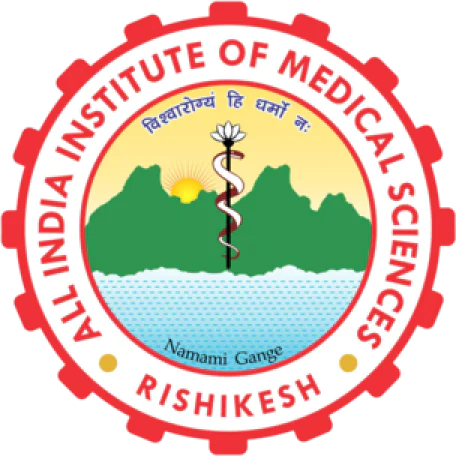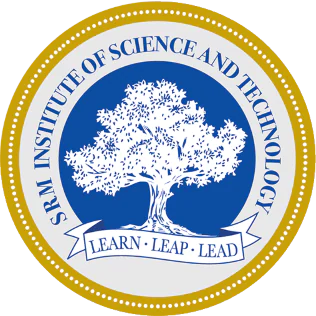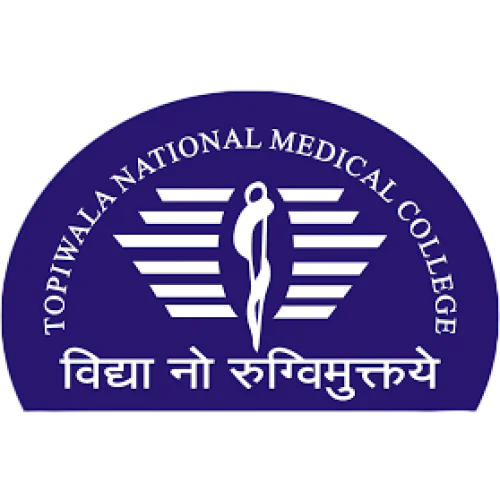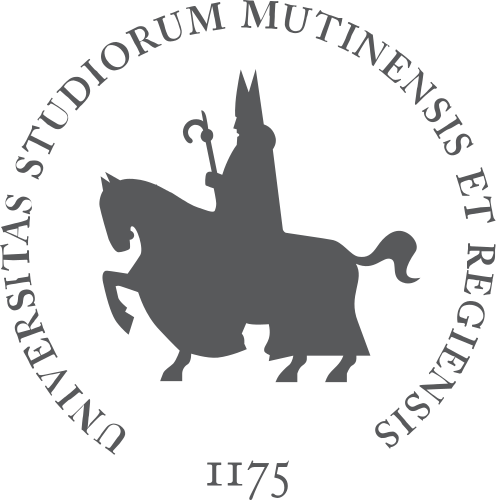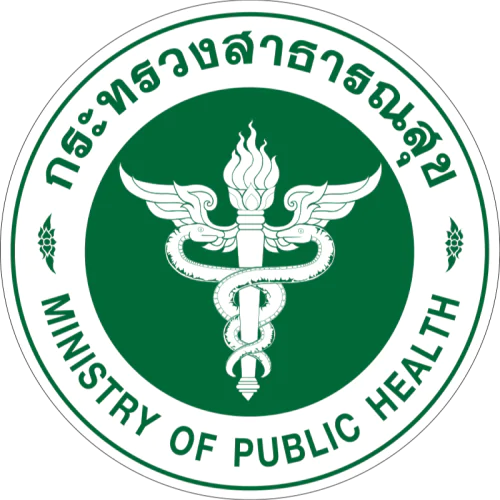Indian Journal of Skin Allergy
Are you a researcher?
Create a profile to get free access to personal recommendations for colleagues and new articles.
Years of issue
2024-2025
journal names
Indian Journal of Skin Allergy
Top-3 citing journals

Indian Journal of Skin Allergy
(33 citations)

Cureus
(3 citations)

Indian Journal of Dermatology
(3 citations)
Top-3 organizations

Medical College and Hospital, Kolkata
(18 publications)

Calcutta National Medical College and Hospital
(15 publications)

University College of Medical Sciences
(9 publications)
Most cited in 5 years
Found
Nothing found, try to update filter.
Found
Nothing found, try to update filter.
Top-100
Citing journals
|
5
10
15
20
25
30
35
|
|
|
Indian Journal of Skin Allergy
33 citations, 49.25%
|
|
|
Indian Journal of Dermatology
3 citations, 4.48%
|
|
|
Cureus
3 citations, 4.48%
|
|
|
Clinica Chimica Acta
2 citations, 2.99%
|
|
|
Inflammopharmacology
2 citations, 2.99%
|
|
|
Expert Review of Clinical Immunology
1 citation, 1.49%
|
|
|
Medical Journal Armed Forces India
1 citation, 1.49%
|
|
|
Scientific Reports
1 citation, 1.49%
|
|
|
International Journal of Dermatology
1 citation, 1.49%
|
|
|
BMJ Case Reports
1 citation, 1.49%
|
|
|
British Journal of Dermatology
1 citation, 1.49%
|
|
|
Dermatology and Therapy
1 citation, 1.49%
|
|
|
Indian Journal of Dermatology, Venereology and Leprology
1 citation, 1.49%
|
|
|
PLoS ONE
1 citation, 1.49%
|
|
|
SN Social Sciences
1 citation, 1.49%
|
|
|
Current Treatment Options in Allergy
1 citation, 1.49%
|
|
|
The Journal of Medical Sciences
1 citation, 1.49%
|
|
|
Clinical Dermatology Review
1 citation, 1.49%
|
|
|
Indian Journal of Postgraduate Dermatology
1 citation, 1.49%
|
|
|
5
10
15
20
25
30
35
|
Citing publishers
|
5
10
15
20
25
30
35
|
|
|
Scientific Scholar
34 citations, 50.75%
|
|
|
Springer Nature
9 citations, 13.43%
|
|
|
Ovid Technologies (Wolters Kluwer Health)
4 citations, 5.97%
|
|
|
Elsevier
3 citations, 4.48%
|
|
|
Wiley
1 citation, 1.49%
|
|
|
Taylor & Francis
1 citation, 1.49%
|
|
|
Oxford University Press
1 citation, 1.49%
|
|
|
Public Library of Science (PLoS)
1 citation, 1.49%
|
|
|
Medknow
1 citation, 1.49%
|
|
|
BMJ
1 citation, 1.49%
|
|
|
Jaypee Brothers Medical Publishing
1 citation, 1.49%
|
|
|
5
10
15
20
25
30
35
|
Publishing organizations
Publishing countries
|
10
20
30
40
50
60
70
80
|
|
|
India
|
India, 77, 62.6%
India
77 publications, 62.6%
|
|
Brazil
|
Brazil, 7, 5.69%
Brazil
7 publications, 5.69%
|
|
Russia
|
Russia, 1, 0.81%
Russia
1 publication, 0.81%
|
|
Germany
|
Germany, 1, 0.81%
Germany
1 publication, 0.81%
|
|
USA
|
USA, 1, 0.81%
USA
1 publication, 0.81%
|
|
Australia
|
Australia, 1, 0.81%
Australia
1 publication, 0.81%
|
|
Georgia
|
Georgia, 1, 0.81%
Georgia
1 publication, 0.81%
|
|
Denmark
|
Denmark, 1, 0.81%
Denmark
1 publication, 0.81%
|
|
Indonesia
|
Indonesia, 1, 0.81%
Indonesia
1 publication, 0.81%
|
|
Iraq
|
Iraq, 1, 0.81%
Iraq
1 publication, 0.81%
|
|
Italy
|
Italy, 1, 0.81%
Italy
1 publication, 0.81%
|
|
Kuwait
|
Kuwait, 1, 0.81%
Kuwait
1 publication, 0.81%
|
|
Romania
|
Romania, 1, 0.81%
Romania
1 publication, 0.81%
|
|
Turkey
|
Turkey, 1, 0.81%
Turkey
1 publication, 0.81%
|
|
Ecuador
|
Ecuador, 1, 0.81%
Ecuador
1 publication, 0.81%
|
|
10
20
30
40
50
60
70
80
|























